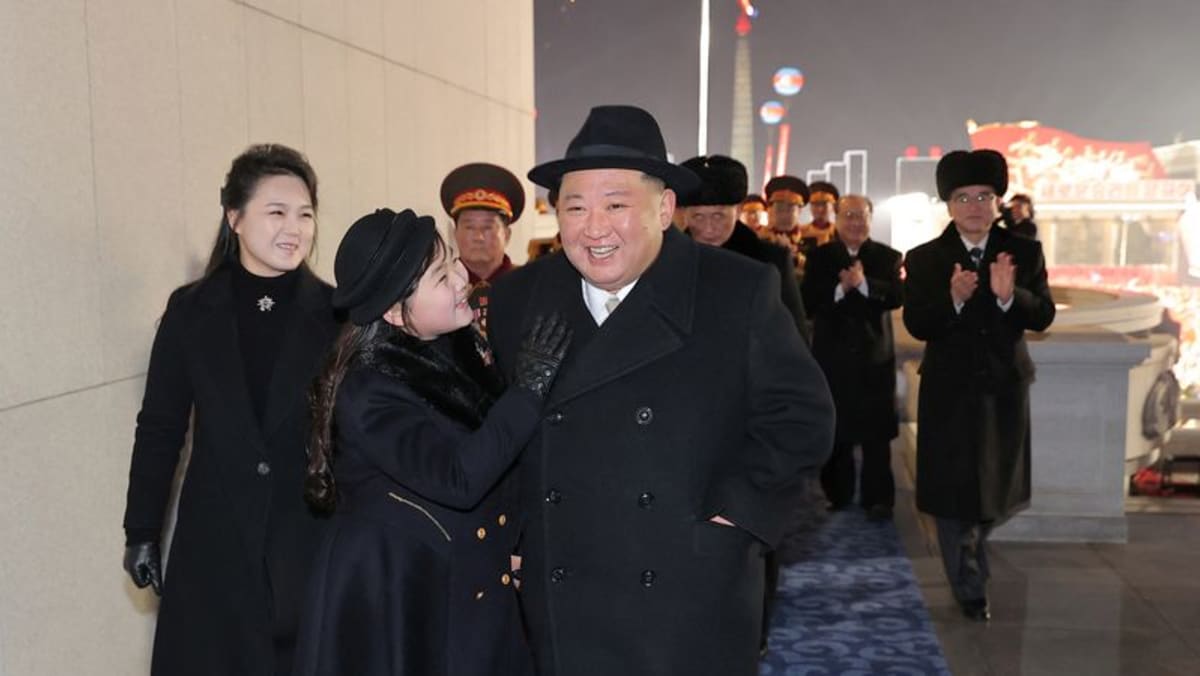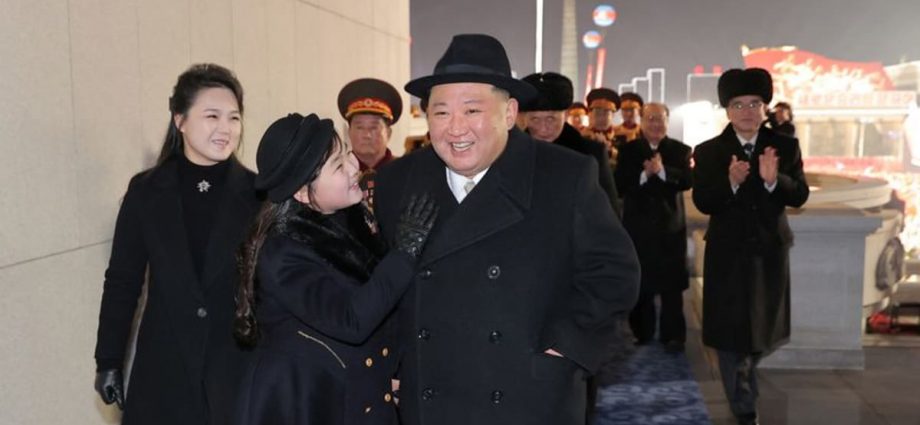
SMOOTHENING THE LEADERSHIP PATH
Kim Jong Un did not appear in public when he was a child, so when he took power, he was mostly unknown to the outside world. He assumed the role of leader after his father’s death, without any substantial experience in governance or public life.
North Korea is a country where age factors into most interactions and younger people are customarily expected to defer to their elders. When Kim took the top job, he was decades younger than most of the high-ranking officials he was tasked with managing.
After taking power, he therefore carried out purges of anyone he saw as potentially posing a threat to his rule, burnishing an image for himself as a ruthless leader who demanded obeisance. Most famously, Kim is believed to have had his prominent uncle Jang Song Thaek killed to buttress his own control of state affairs.
By identifying Ju Ae as successor this early in her life and presenting her to the public, Kim may be trying to save his daughter from the kind of fraught early leadership period that he went through. Also, because Ju Ae would be the first female top leader in the country’s history, Kim presumably sees her as potentially more vulnerable than he was and more in need of early support.
While she would be a female leader in a traditionally male-dominated country, Ju Ae would have the unparalleled legitimacy of being part of the North Korean leadership bloodline, the direct descendant and chosen heir.
Kim Jong Un’s sister, Kim Yo Jong, has in recent years been a highly visible figure, occupying a position of responsibility in government, and her presence has acculturated North Koreans to the presence of a powerful woman.
Also, Ju Ae’s appearance sends a message to any power brokers secretly planning to challenge Kim’s rule that he clearly intends to keep control in the family and will not tolerate outside attempts to infiltrate the top ranks.

